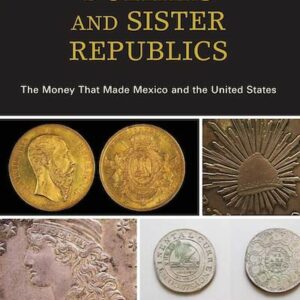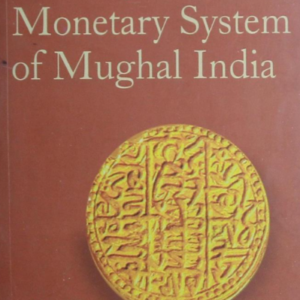
Precious Metals in the Later Medieval and Early Modern Worlds
Edited by John F. Richards (NHC Fellow, 1979–80; 2000–01)

Edited by John F. Richards (NHC Fellow, 1979–80; 2000–01)

By Tatiana Seijas (NHC Fellow, 2016–17) Spanish Dollars and Sister Republics traces the linked history of the new nations of Mexico and the United States from the 1770s to the 1860s. Tatiana Seijas and Jake Frederick highlight the common challenges facing both countries in their early decades of independence by exploring the creation of coin money. … Continued

Edited by John F. Richards (NHC Fellow, 1979–80; 2000–01) Early modern India under the Mughals evolved a powerful uniform currency and monetary order. Remarkable for the sheer number and distribution of coins, as well as for the fact that this huge mint output occurred in a region lacking significant metals, the monetary system was pervasive, … Continued
Most people think of wampum simply as Native American money, but it did not become money until European colonies adopted it as a medium of exchange. Once that happened, it spurred both Europeans and Native Americans to cross many of the cultural divides separating them, created manufacturing and trade networks throughout northeastern North America, and … Continued

What is money and where does it come from? If asked, most people would likely respond to these questions by pointing to the notes and coins in their pockets—or maybe their debit and charge cards—and muse on some connection between the “government” and printed money. Concerning origins, most would probably add that money developed more … Continued

We tend to think of money as a familiar object that plays a role in our everyday lives. However, when we consider the changing nature of currency in colonial America, money appears differently—as a “social technology for the distribution of value.” Because money allows individuals to represent and share value in direct and visible ways, the use of paper money in the United States in the eighteenth century supplemented social connections and bolstered economic consumption. In this podcast, historian Simon Middleton from the College of William & Mary discusses how his work examines the cultural, legal, and social dimensions of money.